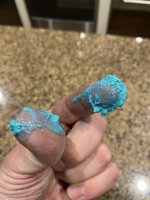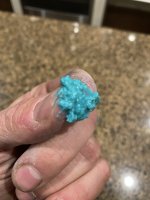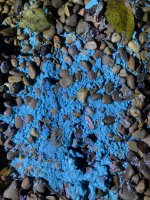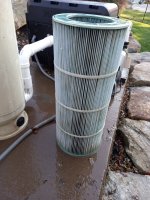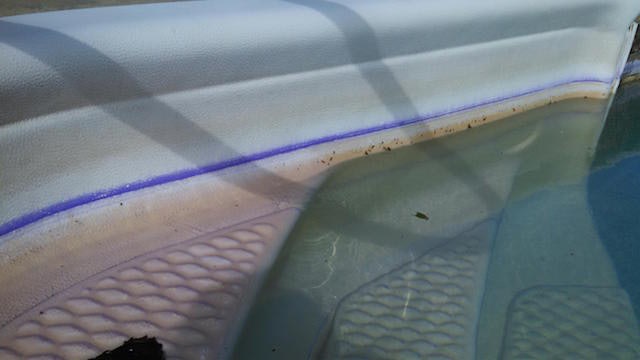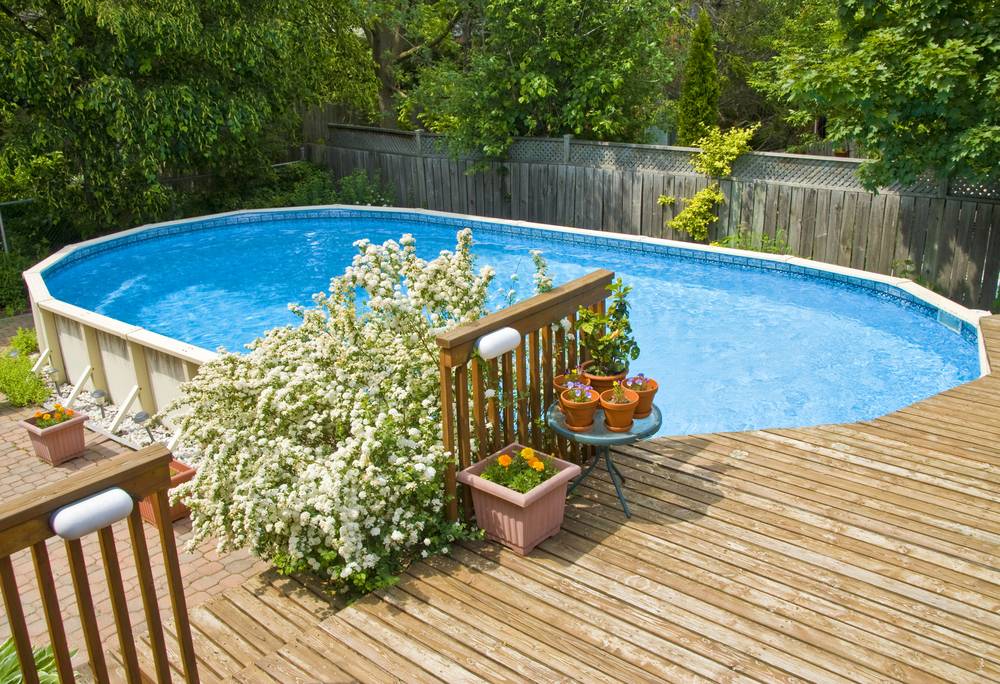New pool owner as of Sept 10th from house purchase. I think the previous owner used his gut feeling for dosing chemicals. I followed the winterization protocol provided by local pool company after they tested my water. Added 10 lb of Alkalinity Plus (sodium bicarbonate), no issues observed. Circulated for 4 hours, then added second 10 lb bag of Alkalinity Plus.... my pool instantly turned cloudy. I finished the rest of their procedure, adding 2 lb of sodium carbonate and 2 lb of 78% powder shock (pool life turbo shock) with their recommended cycle times in between doses. The clarification did not improve.
Below are the original numbers and the numbers AFTER their treatment. I removed my filter and found it was coated in a blue-green squishy material. The pool company does not know what it is and I do not know how to remove it. I have pics of the blue/green sludge but I am still learning how to upload them. You can squish it between your fingers and it easily washes off with water.
I am trying to identify what is this, how it happened, how I should proceed (clean vs drain/refill), and based on my cyanuric acid, copper levels, etc....is it even worth trying to save this water?
Free Chlorine: 5.7, then 18.48
Total Chlorine: 7.64, then 18.49
pH: 6.3 (lowest they can read), then 6.6
Total Alkalinity: 0, then 49
Calcium Hardness: 119, then 172
Cyanuric Acid: 201, then 193
Copper: 2.6, then 3.0
Phosphate: 7,043 then 2,112
Iron: 0.1, then 0.0
Pool: 11K gal in ground, fiberglass, pentair pump and filter
Below are the original numbers and the numbers AFTER their treatment. I removed my filter and found it was coated in a blue-green squishy material. The pool company does not know what it is and I do not know how to remove it. I have pics of the blue/green sludge but I am still learning how to upload them. You can squish it between your fingers and it easily washes off with water.
I am trying to identify what is this, how it happened, how I should proceed (clean vs drain/refill), and based on my cyanuric acid, copper levels, etc....is it even worth trying to save this water?
Free Chlorine: 5.7, then 18.48
Total Chlorine: 7.64, then 18.49
pH: 6.3 (lowest they can read), then 6.6
Total Alkalinity: 0, then 49
Calcium Hardness: 119, then 172
Cyanuric Acid: 201, then 193
Copper: 2.6, then 3.0
Phosphate: 7,043 then 2,112
Iron: 0.1, then 0.0
Pool: 11K gal in ground, fiberglass, pentair pump and filter





